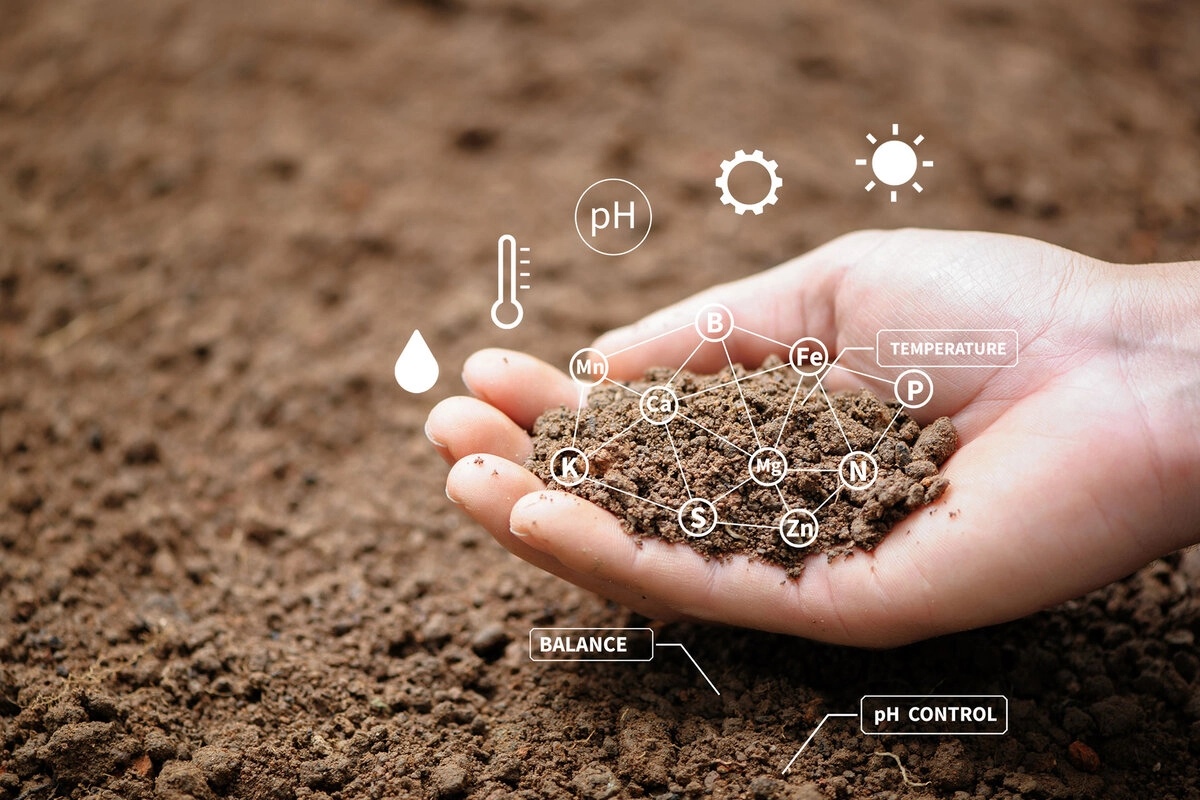Effect of bentonite as a soil amendment

Effect of bentonite as a soil amendment on field water-holding capacity, and millet photosynthesis and grain quality
Published Oct 26, 2020 · J. Mi, E. Gregorich, Shengtao Xu, N. McLaughlin, Jinghui Liu
Introduction
Agricultural productivity in semi-arid regions is significantly affected by soil quality and water availability. Drought conditions and poor soil water-holding capacity pose serious challenges for sustainable crop production. This article explores how bentonite, a natural soil amendment, can improve soil properties, enhance water retention, and boost millet [Setaria italic (L.) Beauv.] production.
The Challenges of Semi-Arid Farming
More than 70% of the arable land in northern China falls under dryland farming, where low rainfall and soil degradation limit agricultural productivity. Climate change exacerbates these issues, leading to more frequent droughts and an estimated 9% decline in global crop production by 2050. To address this, innovative soil management strategies such as soil amendments are essential for improving water use efficiency and crop yields.
What is Bentonite and How Does It Work?
Bentonite is a naturally occurring clay mineral known for its high water absorption and retention properties. It enhances soil aggregation, increases porosity, and improves soil structure, making it a valuable amendment in arid and semi-arid farming. Unlike synthetic water-absorbing polymers, bentonite is a stable mineral that does not degrade over time, making it a long-term solution for soil improvement.
Key Findings from the Study
A five-year field experiment in northern China investigated the effects of bentonite application on millet production. The study applied different rates of bentonite (0, 6, 12, 18, 24, and 30 Mg ha−1) and evaluated its impact on soil moisture, plant growth, photosynthesis efficiency, and grain quality. The results demonstrated that:
- Soil Water Retention: Bentonite significantly increased the field water-holding capacity and plant available water in the top 40 cm of soil.
- Plant Growth and Photosynthesis: Millet emergence rate, above-ground dry matter accumulation, net photosynthesis rate, transpiration rate, and water use efficiency improved notably with bentonite application.
- Grain Quality Enhancement: Bentonite application increased grain protein, fat, and fiber content, with 18 Mg ha−1 yielding the highest grain quality improvements.
- Optimal Application Rate: The study found that 24 Mg ha−1 was the most effective rate for plant growth and photosynthesis, while 18 Mg ha−1 was optimal for grain quality enhancement.
Practical Implications for Farmers
For farmers in semi-arid regions, bentonite offers a practical and sustainable solution to water scarcity and soil degradation. Its ability to improve soil moisture retention and crop resilience makes it a valuable tool in dryland farming. Additionally, since bentonite requires only a single application, it is a cost-effective alternative to other soil amendments that need periodic reapplication.
Conclusion
Bentonite soil amendment presents a promising strategy for enhancing millet production in semi-arid regions. By improving soil structure, increasing water retention, and boosting crop photosynthesis and grain quality, bentonite can significantly contribute to sustainable agricultural development. As climate change continues to impact global food security, adopting soil-enhancing practices like bentonite application will be crucial for ensuring long-term productivity in water-limited environments.







